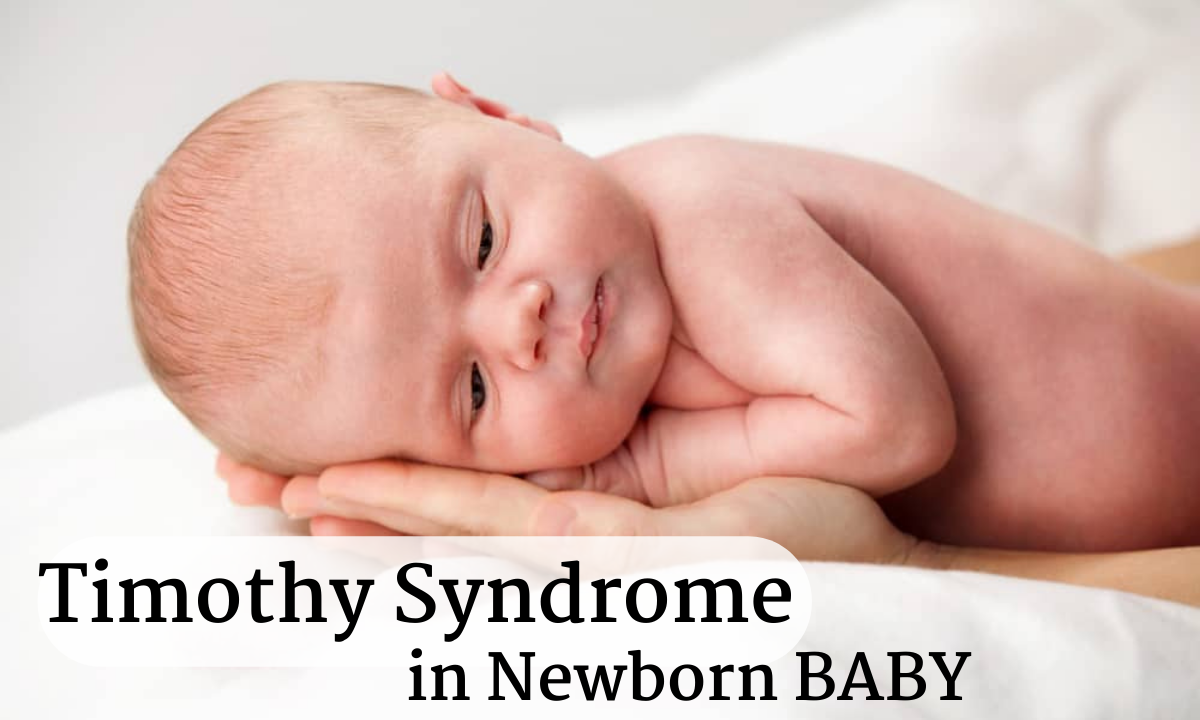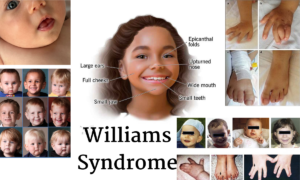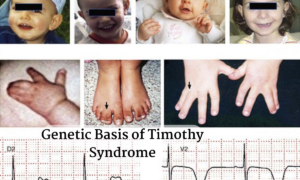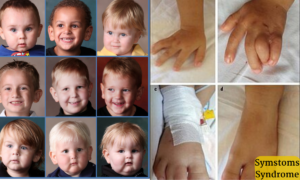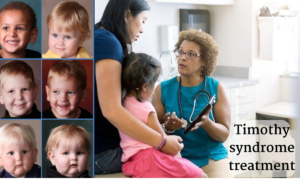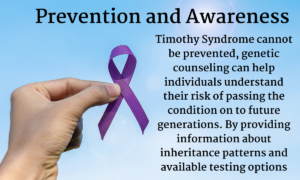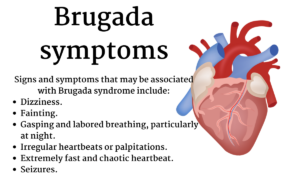Outline of the Article
- Introduction to Timothy Syndrome
- Definition and overview
- Historical background
-
Genetic Basis of Timothy Syndrome
- Explanation of genetic mutation
- Inheritance patterns
- Symptoms of Timothy Syndrome
- Cardiac symptoms
- Neurological symptoms
- Other associated features
- Diagnosis of Timothy Syndrome
- Clinical evaluation
- Genetic testing
- Treatment Options for Timothy Syndrome
- Medications
- Surgical interventions
- Lifestyle management
- Causes and Risk Factors
- Genetic predisposition
- Environmental factors
- Impact on Quality of Life
- Physical limitations
- Psychological effects
- Research and Advances
- Current studies
- Potential future treatments
- Support and Resources
- Patient organizations
- Support groups
- Prevention and Awareness
- Genetic counseling
- Public education campaigns
- Conclusion
What is Timothy Syndrome: Genetic ,Type , Symptoms, Treatment & Causes
Timothy Syndrome, a rare genetic disorder, was first described in the 1960s by Dr. Katherine Timothy. It affects multiple organ systems, particularly the heart and nervous system, and is caused by a mutation in the CACNA1C gene, which encodes a calcium channel subunit in the body. This mutation leads to irregularities in the flow of calcium ions, disrupting various cellular processes.
Genetic Basis of Timothy Syndrome
Timothy Syndrome is primarily caused by a de novo mutation, meaning it arises spontaneously rather than being inherited from parents. The mutation occurs during early embryonic development, affecting the formation and function of calcium channels in cells. While the exact mechanism is not fully understood, it is believed that the altered calcium channel function disrupts electrical signaling in the heart and brain.
Symptoms of Timothy Syndrome
The symptoms of Timothy Syndrome are diverse and can vary in severity among affected individuals. The most prominent features include cardiac abnormalities such as prolongation of the QT interval, which can lead to life-threatening arrhythmias. Neurological symptoms may also occur, including developmental delays, seizures, and autism spectrum disorder. Additionally, patients may exhibit syndactyly (webbing of the fingers or toes) and craniofacial abnormalities.
Diagnosis of Timothy Syndrome
Diagnosing Timothy Syndrome typically involves a combination of clinical evaluation and genetic testing. Physicians may perform electrocardiograms (ECGs) to assess cardiac function and look for characteristic abnormalities in the QT interval. Genetic testing, such as sequencing of the CACNA1C gene, can confirm the presence of the mutation.
Treatment Options for Timothy Syndrome
Management of Timothy Syndrome focuses on controlling symptoms and reducing the risk of complications. Medications such as beta-blockers and calcium channel blockers may be prescribed to stabilize heart rhythm and prevent arrhythmias. In some cases, surgical interventions such as implantation of a pacemaker or defibrillator may be necessary. Additionally, early intervention services and supportive therapies can help address developmental delays and behavioral challenges.
Causes and Risk Factors
The primary cause of Timothy Syndrome is the presence of a mutation in the CACNA1C gene. This mutation occurs sporadically in most cases, although there may be a slight increase in risk for individuals with a family history of the condition. Environmental factors are not believed to play a significant role in the development of Timothy Syndrome.
Impact on Quality of Life
Timothy Syndrome can have a profound impact on the quality of life for affected individuals and their families. Cardiac complications can be life-threatening, requiring ongoing medical monitoring and intervention. Neurological symptoms may result in cognitive and developmental challenges that require specialized care and support. The condition can also cause emotional and psychological stress for both patients and caregivers.
Research and Advances
Research into Timothy Syndrome is ongoing, with efforts focused on understanding the underlying genetic mechanisms and developing targeted treatments. Recent advances in gene therapy and stem cell technology hold promise for potential future interventions. Clinical trials are underway to evaluate novel therapies aimed at correcting calcium channel dysfunction and improving outcomes for individuals with Timothy Syndrome.
Support and Resources
For individuals and families affected by Timothy Syndrome, there are various support organizations and resources available. These include patient advocacy groups, online forums, and informational websites that provide education, emotional support, and access to community resources. Connecting with others who share similar experiences can be invaluable for navigating the challenges of living with a rare genetic disorder.
Prevention and Awareness
While Timothy Syndrome cannot be prevented, genetic counseling can help individuals understand their risk of passing the condition on to future generations. By providing information about inheritance patterns and available testing options, genetic counselors can empower individuals to make informed decisions about family planning. Increasing awareness of Timothy Syndrome among healthcare providers and the general public is also essential for early recognition and intervention.
Conclusion
Timothy Syndrome is a rare genetic disorder characterized by cardiac and neurological abnormalities resulting from a mutation in the CACNA1C gene. While there is currently no cure, advances in research and treatment offer hope for improved outcomes and quality of life for affected individuals. By raising awareness, supporting research efforts, and providing access to resources, we can better support individuals and families impacted by this condition.
FAQs
- Is Timothy Syndrome inherited? No, Timothy Syndrome is typically caused by a spontaneous mutation rather than being inherited from parents.
- What are the long-term complications of Timothy Syndrome? Long-term complications may include recurrent arrhythmias, developmental delays, and cognitive impairment.
- Can Timothy Syndrome be cured? There is currently no cure for Timothy Syndrome, but treatment focuses on managing symptoms and improving quality of life.
- How common is Timothy Syndrome? Timothy Syndrome is extremely rare, with only a few dozen cases reported worldwide.
- Are there any experimental treatments available for Timothy Syndrome?
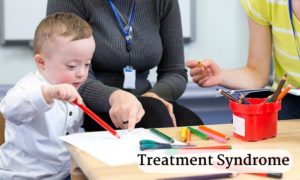 Some experimental treatments, such as gene therapy and stem cell therapy, are being explored in clinical trials, but their effectiveness is still being studied.
Some experimental treatments, such as gene therapy and stem cell therapy, are being explored in clinical trials, but their effectiveness is still being studied. - Why is it called Timothy syndrome ? But in 2004, it was discovered to be associated with abnormalities in the calcium channels; hence, the condition was dubbed “Timothy syndrome” in honor of Katherine W. Timothy, who was one of the first to find a case and carried out a significant portion of the phenotypic study that identified other abnormalities.
- Is Timothy syndrome autism? Numerous Timothy syndrome cases have been linked to the hallmarks of autism spectrum disorders, according to research. Children that are affected typically exhibit delayed speech and language development, as well as poor communication and socialization abilities.
Common Question & Answer :
- famous person with timothy syndrome ? Timothy syndrome is an uncommon disorder; less than 100 cases have been documented globally. Timothy syndrome is caused by variations in the CACNA1C gene, sometimes referred to as mutations. The instructions for producing a protein that functions as a tiny pore or hole (a channel) through cell membranes are provided by this gene. Read more…
- timothy syndrome symptoms ? Additional indications of Timothy syndrome may include hypotonia (low muscular tone), hypoglycemia (occasional low blood glucose), hypothermia (abnormally low body temperature), baldness at birth, and recurrent infections. There may also be effects on the gastrointestinal tract and respiratory system.
- timothy syndrome life expectancy ? Forecast. Patients with Timothy syndrome have an extremely bad prognosis. Ten of the seventeen children examined in one research passed away at the average age of 2.5 years. Of those who did make it through, three had an autistic diagnosis, one had an autism spectrum condition, and the last had significant language development delays.
- timothy syndrome facial features ?
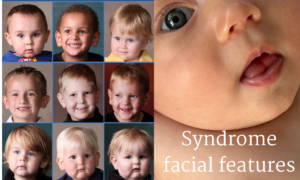 A tiny upper jaw, thin upper lip, low-set ears, and flattened nasal bridge are among the characteristic facial traits of around half of those affected. Little, crooked teeth and frequent cavities are symptoms of this illness in children (dental caries).
A tiny upper jaw, thin upper lip, low-set ears, and flattened nasal bridge are among the characteristic facial traits of around half of those affected. Little, crooked teeth and frequent cavities are symptoms of this illness in children (dental caries). - timothy syndrome in adults ? A rare condition known as Timothy syndrome mostly affects the heart but can also affect many other parts of the body. While this ailment is frequently life-threatening, each affected person’s severity differs.
- tuberous sclerosis ?
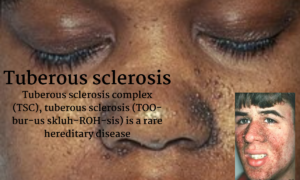 Known also as tuberous sclerosis complex (TSC), tuberous sclerosis (TOO-bur-us skluh-ROH-sis) is a rare hereditary disease that results in tumor development throughout the body. They are not cancerous tumors. Benign tumors, another name for noncancerous tumors, are abnormal growths of tissue and/or cells.
Known also as tuberous sclerosis complex (TSC), tuberous sclerosis (TOO-bur-us skluh-ROH-sis) is a rare hereditary disease that results in tumor development throughout the body. They are not cancerous tumors. Benign tumors, another name for noncancerous tumors, are abnormal growths of tissue and/or cells. - brugada syndrome ? What are tuberous sclerosis symptoms ? Patients with Brugada syndrome are at risk for deadly cardiac arrhythmias and have an uncommon but possibly catastrophic hereditary condition. The right bundle branch block and ST-segment elevations in the right precordial leads (V1-V3) on the ECG are indicative of the condition.
-
What are Brugada symptoms? Signs and symptoms that may be associated with Brugada syndrome include:
- what is timothy syndrome treatment ? Can Timothy syndrome be treated? According to Dr. Pasca, “Our research demonstrated that cellular deficiencies linked to Timothy syndrome can be addressed. We are currently making great efforts to use these discoveries in the clinic, raising the prospect that one day this debilitating neurodevelopmental condition may have a viable treatment.
- timothy syndrome life expectancy ? Forecast. Patients with Timothy syndrome have an extremely bad prognosis. Ten of the seventeen children examined in one research passed away at the average age of 2.5 years. Of those who did make it through, three had an autistic diagnosis, one had an autism spectrum condition, and the last had significant language development delays.
- timothy syndrome wiki ? Read more..
- timothy syndrome pictures ?
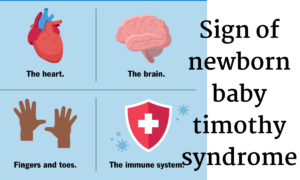
- what is trisomic condition ? What is meant by trisomic condition ? A person with trisomy, also known as “three bodies,” has three copies of one chromosome rather than two. They therefore have 47 chromosomes as opposed to 46. The three most prevalent types of trisomy are Down syndrome, Edward syndrome, and Patau syndrome.
- what is trisomy 21 ? What is trisomy 21 and what does it cause? “Trisomy” is the medical term for having an extra copy of a chromosome. Another name for Down syndrome is Trisomy 21. The newborn may experience difficulties with mental and physical development as a result of this additional copy, which alters how the baby’s body and brain grow.
- क्या टिमोथी सिंड्रोम का इलाज है? टिमोथी सिंड्रोम का कोई इलाज नहीं है , लेकिन उपचार जीवन-घातक लक्षणों को कम करके बच्चे के जीवन की गुणवत्ता में सुधार लाने पर केंद्रित है। गंभीर हृदय लक्षणों से पीड़ित बच्चों के लिए पूर्वानुमान खराब है। लगभग 80% मामलों में बचपन में अतालता या वेंट्रिकुलर टैचीकार्डिया से मृत्यु हो जाती है।
- What are the symptoms of Timothy syndrome? A tiny upper jaw, thin upper lip, low-set ears, and flattened nasal bridge are among the characteristic facial traits of around half of those affected. Little, crooked teeth and frequent cavities are symptoms of this illness in children (dental caries).
- What is the treatment for Timothy ? What is the course of treatment for Timothy syndrome? The goal of treating Timothy syndrome is to avoid potentially fatal heart-related symptoms, such as using beta blockers to control heart rate. Using a pacemaker or cardioverter defibrillator that has been placed
- What is the Timothy condition ? Timothy syndrome is a condition affecting the neurological system (brain and nerves), the digits (fingers and toes), and the heart. This kind of long QT syndrome exists. An extended QT interval measurement on an ECG is referred to as long QT syndrome.
